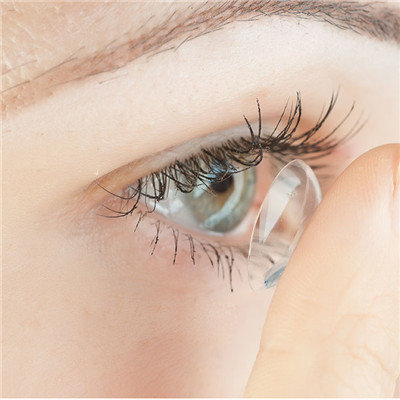Symptoms of fundus diseases
summary
Fundus disease is one of the common diseases of eyes. Due to its complicated causes and high blindness rate, it should be paid enough attention to. First, let's look at the external structure of the eyeball - the wall of the eyeball. The eyeball wall is composed of three layers of membranes, the outer layer is white sclera, the middle layer is brown choroid, and the inner layer is retina. Tell us about the symptoms of fundus disease.
Symptoms of fundus diseases
1. Macular diseases: central serous chorioretinopathy; Central exudative chorioretinopathy; Age related macular degeneration; Myopic maculopathy; Vitelliform macular degeneration; Juvenile macular dystrophy; Hyperplasia of retinal pre macular fibers; Macular edema; Idiopathic macular hole; Traumatic macular hole;

2. Congenital abnormality of fundus: albinism; Optic nerve papilla vitreous membrane wart; Anterior membrane of optic papilla; Optic papilla defect; Choroidal defect; Morning glory syndrome; Macular defect; Macular ectopia; Pigmented nevus of optic papilla; Congenital optic papilla vascular loop; Congenital retinal hemangioma; Congenital retinal fold.

3. Fundus vascular diseases: central retinal artery occlusion; Central retinal vein occlusion; Periretinal phlebitis; Periarteritis of retina; Hypertensive retinopathy; Nephrotic retinopathy. Degenerative diseases: primary retinitis pigmentosa; Congenital retinoschisis; Atrophy of retina and choroid; Pigmented retinal atrophy.

matters needing attention
Children and young adults should have a fundus examination every six months, while the elderly and "three high" people need to have a fundus examination every three months. The elderly in the detection of fundus, it is best to do intraocular pressure test, because a comprehensive and detailed examination of the fundus, sometimes also need mydriasis, and high intraocular pressure, glaucoma prone elderly is not mydriasis.














